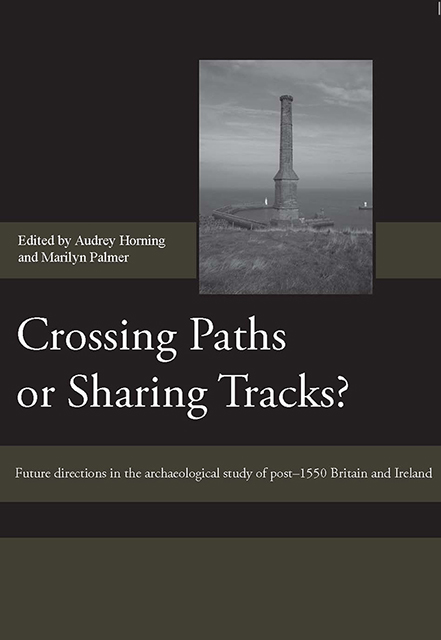 Crossing Paths or Sharing Tracks?
Crossing Paths or Sharing Tracks? A Review of the Archaeological Contribution to the Understanding of the Industrial Past
Published online by Cambridge University Press: 07 March 2023
Summary
This chapter considers how advances in archaeological method and theory over the past twenty years have enhanced the academic understanding of the remains from the industrial past. It examines the period 1750 to date, with an emphasis very much on what is traditionally termed ‘industrial archaeology’, while taking into account the broader social landscape that emerged during the so-called industrial revolution period. The emphasis is very much on heritage management and, in particular, the way in which planning related work is contributing to current research agendas. The focus is centred on England, but many of the themes discussed will be of wider relevance throughout the United Kingdom and further afield.
NATIONAL AGENCIES AND THE PRACTICE OF INDUSTRIAL ARCHAEOLOGY
Having emerged from the voluntary sector in the 1960s, the international importance of Britain's industrial heritage was increasingly recognised by national bodies during the 1990s. Through the work of national agencies, including the former Royal Commission on the Historical Monuments of England, extensive research volumes have been produced for important categories of building that became widespread during the 18th, 19th and 20th century, including textile mills, potteries, farmsteads, workhouses, hospitals and prisons. In some cases, the research has moved beyond the specific site-type to consider the broader social landscape of settlement by describing housing provision, religious institutions, schools and the supporting infrastructure. This is best exemplified in a publication on the Swindon Railway Works and, in Wales, by the research on the copper refineries of the Swansea area. In England, the findings from these surveys were often used by English Heritage to enhance the statutory list of buildings of special architectural or historic interest where the list was under-represented. This can be seen in the thematic listing programme for Manchester textile mills undertaken in the mid-1990s.
English Heritage also initiated the Monuments Protection Programme (MPP), which from 1992 dramatically increased the number of industrial sites that were aff orded statutory protection primarily through scheduling. Using its ‘Step’ approach, the MPP began with a research report (Step 1), which considered the existing state of knowledge, the research gaps and put forward priorities for management, designation and research.
- Type
- Chapter
- Information
- Crossing Paths or Sharing Tracks?Future directions in the Archaeological Study of Post-1550 Britain and Ireland, pp. 41 - 54Publisher: Boydell & BrewerPrint publication year: 2009


